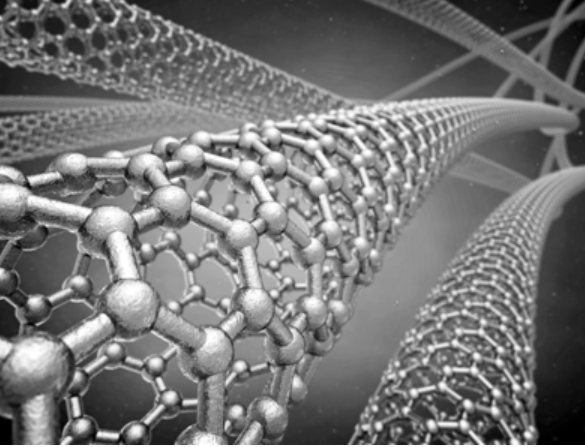Conductivity and Thermal Conductivity of Carbon Nanotubes: Experimental Data and Application Case Studies
Introduction
Carbon nanotubes (CNTs) have revolutionized materials science due to their exceptional electrical and thermal properties. Their applications span across electronics, energy systems, and advanced materials. This article delves into the fundamentals of CNT conductivity, thermal conduction, supporting experimental data, and real-world application scenarios.

Electrical Conductivity of Carbon Nanotubes
1. Fundamentals
CNTs exhibit unique electrical properties due to their one-dimensional structure and quantum confinement effects. Their conductivity varies based on:
- Structure: Metallic or semiconducting nature, determined by chirality and diameter.
- Purity: Presence of defects and impurities can hinder conductivity.
- Length: Longer tubes provide more uninterrupted pathways for electrons.
2. Experimental Data
- Resistivity Comparison: CNTs demonstrate resistivity as low as , comparable to copper.
- Current Density: Can carry current densities up to , significantly higher than conventional metals.
- Temperature Dependence: Metallic CNTs show stable conductivity across wide temperature ranges.
3. Application Scenarios
- Conductive Films: Thin films of CNTs are used in transparent electrodes for touchscreens and solar cells.
- Interconnects: Replacing copper in nanoscale electronic circuits due to superior performance under high current densities.
- Sensors: High sensitivity to environmental changes makes CNTs ideal for gas and chemical sensors.
Thermal Conductivity of Carbon Nanotubes
1. Fundamentals
CNTs are excellent thermal conductors along their length due to strong carbon-carbon bonds and low phonon scattering. However, their performance can be anisotropic:
- High Along Axis: Up to .
- Low Across Bundles: Limited by weak van der Waals interactions.
2. Experimental Data
- Thermal Conductivity Range: Individual CNTs exhibit thermal conductivities between and .
- Influence of Defects: Defects significantly reduce thermal performance by scattering phonons.
- Composite Behavior: Thermal properties of CNT composites depend on matrix interaction and dispersion quality.
3. Application Scenarios
- Thermal Interface Materials (TIMs): Used in electronics to enhance heat dissipation from processors and chips.
- Energy Systems: Improve thermal management in batteries and fuel cells.
- Coatings: CNT-based coatings for heat exchangers reduce fouling and enhance heat transfer efficiency.
Case Studies in Real-World Applications
1. Electronics
Project: CNT-based thermal interface material in high-performance CPUs.
- Results: Reduced chip temperatures by compared to traditional TIMs.
- Impact: Enhanced device longevity and performance.
2. Energy Storage
Project: CNT-enhanced cathodes for lithium-ion batteries.
- Results: Increased conductivity and reduced heat generation, leading to improved charge/discharge rates.
- Impact: Longer battery life and faster charging capabilities.
3. Aerospace
Project: CNT-infused composites for satellite components.
- Results: Improved thermal regulation in extreme temperatures.
- Impact: Reliable performance in space applications.
Challenges and Solutions
- Dispersion Issues: Uniform dispersion in composites is challenging but critical for maximizing properties.
- Solution: Surface functionalization techniques to improve compatibility with various matrices.
- Scalability: High-quality CNT production at industrial scales remains cost-intensive.
- Solution: Advances in chemical vapor deposition (CVD) methods are reducing costs.
- Integration Challenges: Incorporating CNTs into existing systems requires overcoming engineering constraints.
- Solution: Collaborative research to tailor CNT properties for specific applications.
Conclusion
Carbon nanotubes’ exceptional electrical and thermal properties continue to drive innovation in multiple industries. Experimental data and application case studies underscore their potential to enhance performance and efficiency. As research progresses, CNTs are poised to address challenges in electronics, energy, and beyond.

